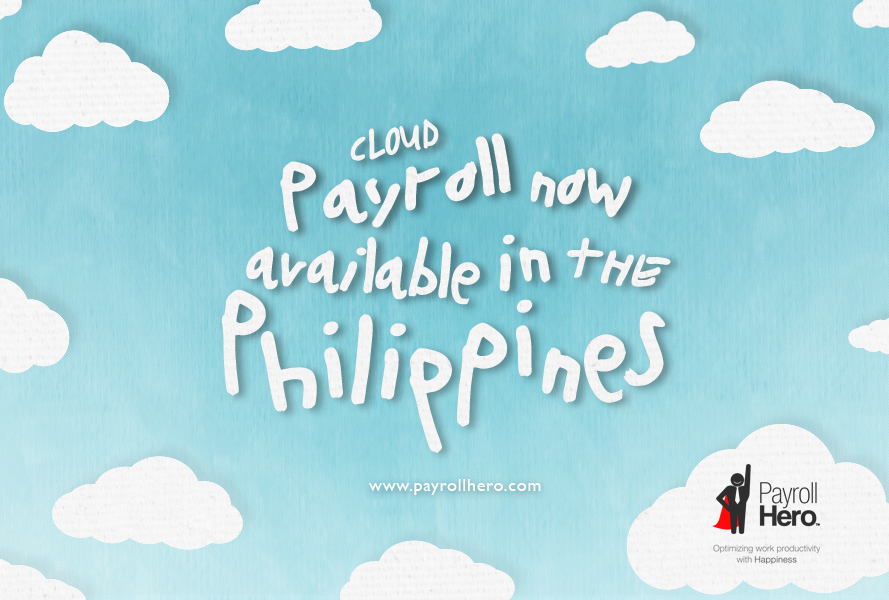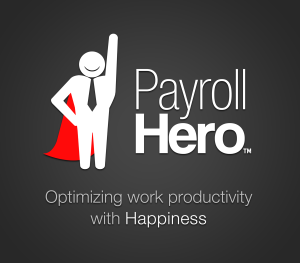The Payroll in APAC blog posts are (as you might have guessed), a series of blog posts on tax and employer contribution laws in APAC nations. This gives payroll and human resource administrators a high level understanding on what you should know in these countries. Our first post is on the Philippines.
Creditable and Final Withholding Taxes:
The Bureau of Internal Revenue (BIR) is the Philippine equivalent of the IRS in the United States. Companies are required to withhold taxes from employees who are subject to income tax. They are then required to remit these taxes to the BIR.
There are two broad classifications of withholding taxes: Creditable withholding taxes and final withholding taxes. Creditable withholding taxes apply for certain income payments and are creditable against income tax. On the other hand, Final Withholding Taxes are not creditable against withholding taxes. Unlike the former, final withholding taxes are prescribed on royalties and interest incomes.
Social Security Service (SSS)
The SSS is the social security net for Filipinos. It covers a list of contingencies: from disabilities to maternity. All private companies are required to register with the SSS and deduct contributions for their employees. Around 70% of the contribution comes from the employer and 30% from the employee.
Deductions are made from the employee’s salary and remitted to the SSS. Payments are done monthly or quarterly, based on the type of employee. The summary on benefits and schedule on payments is posted here.
PhilHealth
The health insurance institution in the Philippines is called PhilHealth. All private and government institutions are required to register and deduct contributions from their employees’ salaries. PhilHealth covers a number of benefits. The share of the contribution is split between the employer and the employee. The payment dates and contribution schedule are available here.
Pag-IBIG – Home Development Mutual Fund
The final contribution that employers need to be aware of is Pag-IBIG. This institution provides housing finance for Filipinos. Contributions by the employer are equal to 2% of the employee’s salary. The dates for payment are in this link.
These are the 4 major tax and employer contribution laws that Payroll and Human Resource administrators should be aware of. At PayrollHero, we deduct the required contributions and generate payroll for our clients. Here are examples of how we compute BIR taxes, SSS, PhilHealth and Pag-IBIG contributions.
For more information on BIR, SSS, PhilHealth and Pag-IBIG with respect to what forms need to be filled and filing deadlines, make sure to click on the links!
Disclaimer: As always, consult your lawyer or accountant for advice! We are here to help, but your specific situation should be reviewed by a professional with complete knowledge of your situation.
If you are in need of a payroll provider in the Philippines that can provide an end to end solution, then let us know. PayrollHero’s Philippine cloud based payroll platform incorporates, time, attendance, scheduling, HRIS, business intelligence and Philippine payroll in one, easy to use solution.


 Our
Our





 Today, there are a mind boggling number of channels to use while searching for the best candidate to join your team. In Singapore, the number one channel for recruiters to hire employees is through an online jobs portal. The other Southeast Asian nations are catching up to the trend. Which means, not only do you have to post in multiple online portals, you also have to stand out from every other company in your industry because everyone is using the most popular channel. We want to help you with that. Here we have a list of jobs portals, both conventional and specialized, for restaurant and retail owners to recruit staff.
Today, there are a mind boggling number of channels to use while searching for the best candidate to join your team. In Singapore, the number one channel for recruiters to hire employees is through an online jobs portal. The other Southeast Asian nations are catching up to the trend. Which means, not only do you have to post in multiple online portals, you also have to stand out from every other company in your industry because everyone is using the most popular channel. We want to help you with that. Here we have a list of jobs portals, both conventional and specialized, for restaurant and retail owners to recruit staff. Kalibrr
Kalibrr
